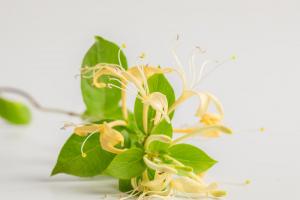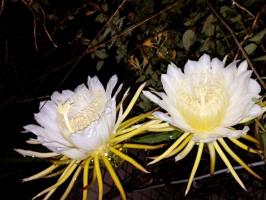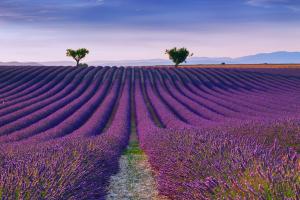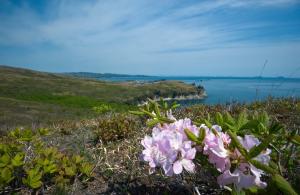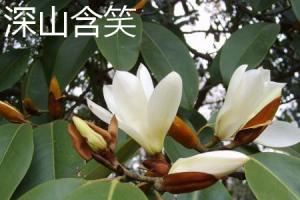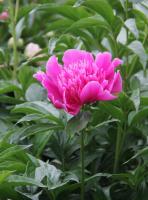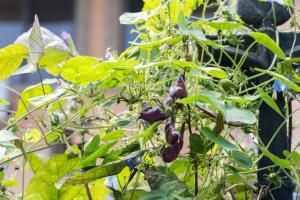1、 Principle of hard plant material
Planting orchids with hard planting materials is a mixture of volcanic rock, Huanggang rock, coconut shell and charcoal particles. It has good air permeability and is very suitable for planting in places with high rainfall. Planting with hard plant material can make the plant absorb water more evenly, and the root system will be stronger. However, the water holding capacity of hard plant material is relatively weak. In peacetime, it needs to be watered more in order to meet its water demand
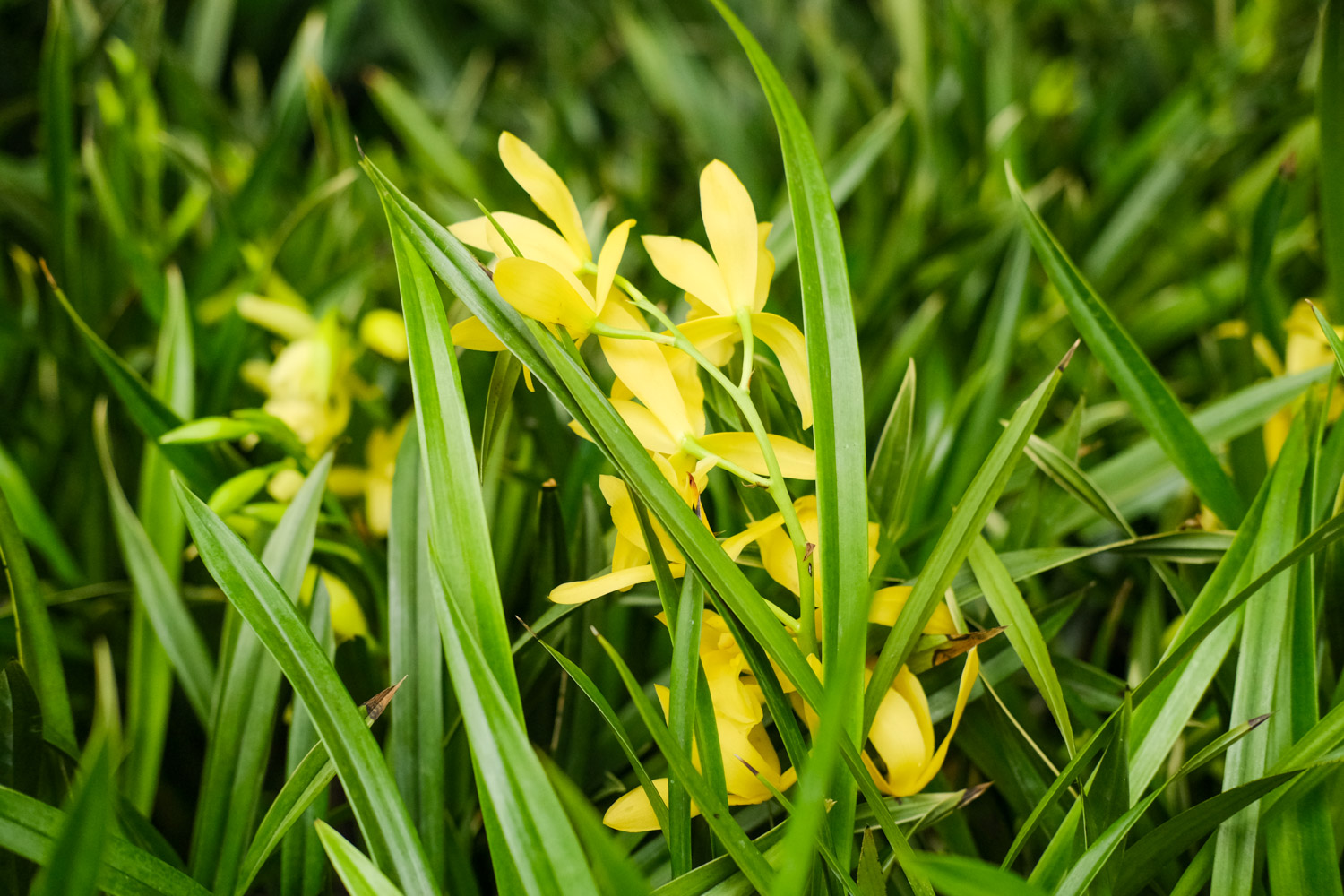
2、 Hard plant material curing
1. Light: if you use hard plant materials to cultivate orchids, you need to bask in the sun as much as possible, because if you breed in a cool place, it will not receive sunlight for a long time, which will be unfavorable to its growth
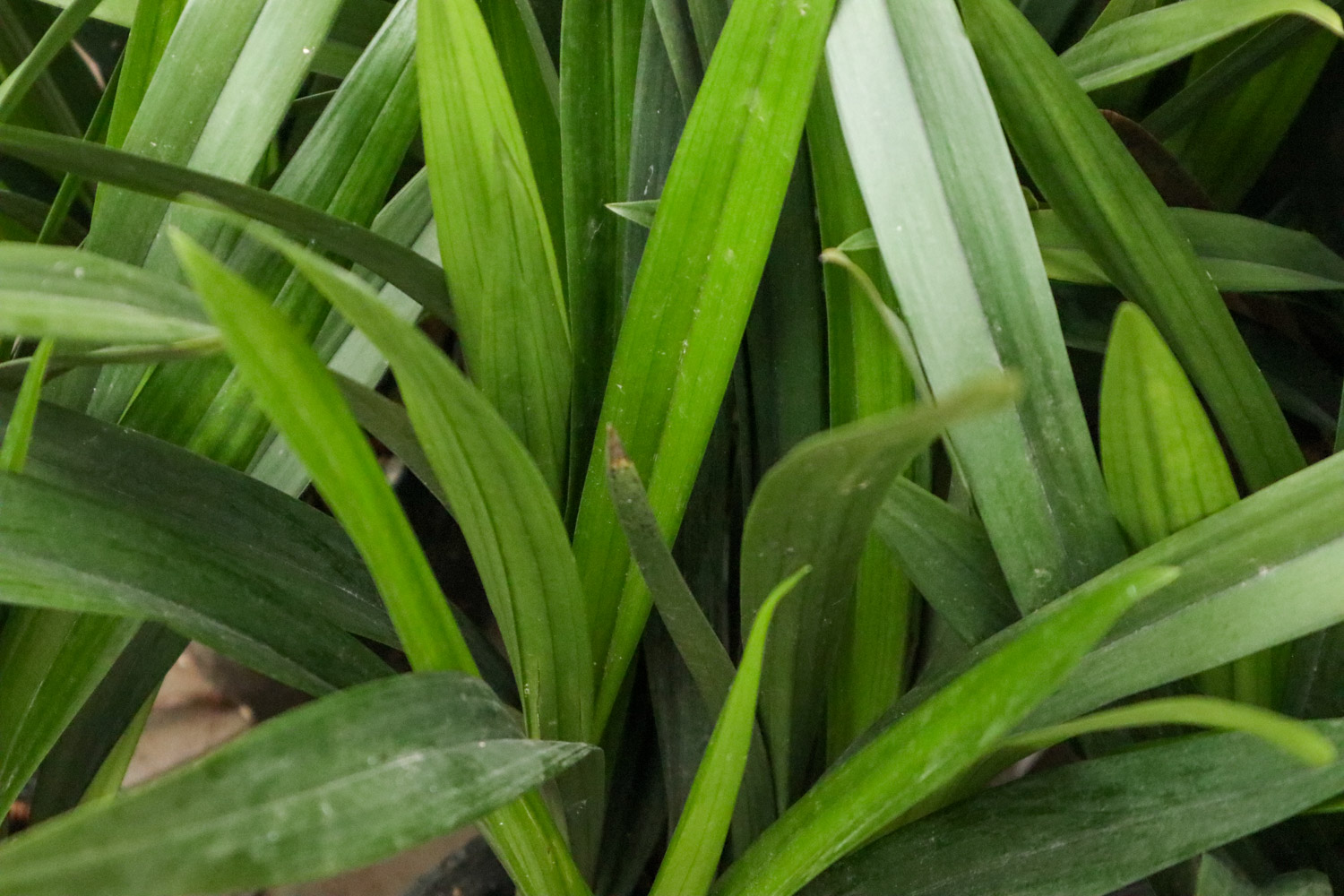
2. Ventilation: because this kind of plant material has poor water retention, many flower friends will water it frequently, and sometimes it will be stuffy and wet due to poor control of watering times. Therefore, more ventilation should be provided during the maintenance period and more windows should be opened during indoor maintenance, so as to avoid root stuffing
3. Watering: although it should be watered more when using hard plant material, it should not be watered too often. It can be watered every day when the weather is good, but if the weather is bad, it will be delayed for a few days to prevent excess water from being produced in the substrate


 jackfruit
jackfruit snake plant
snake plant hibiscus
hibiscus hydrangea
hydrangea lavender
lavender Green roses climb al...
Green roses climb al... If you don't pay att...
If you don't pay att... Management of four g...
Management of four g...